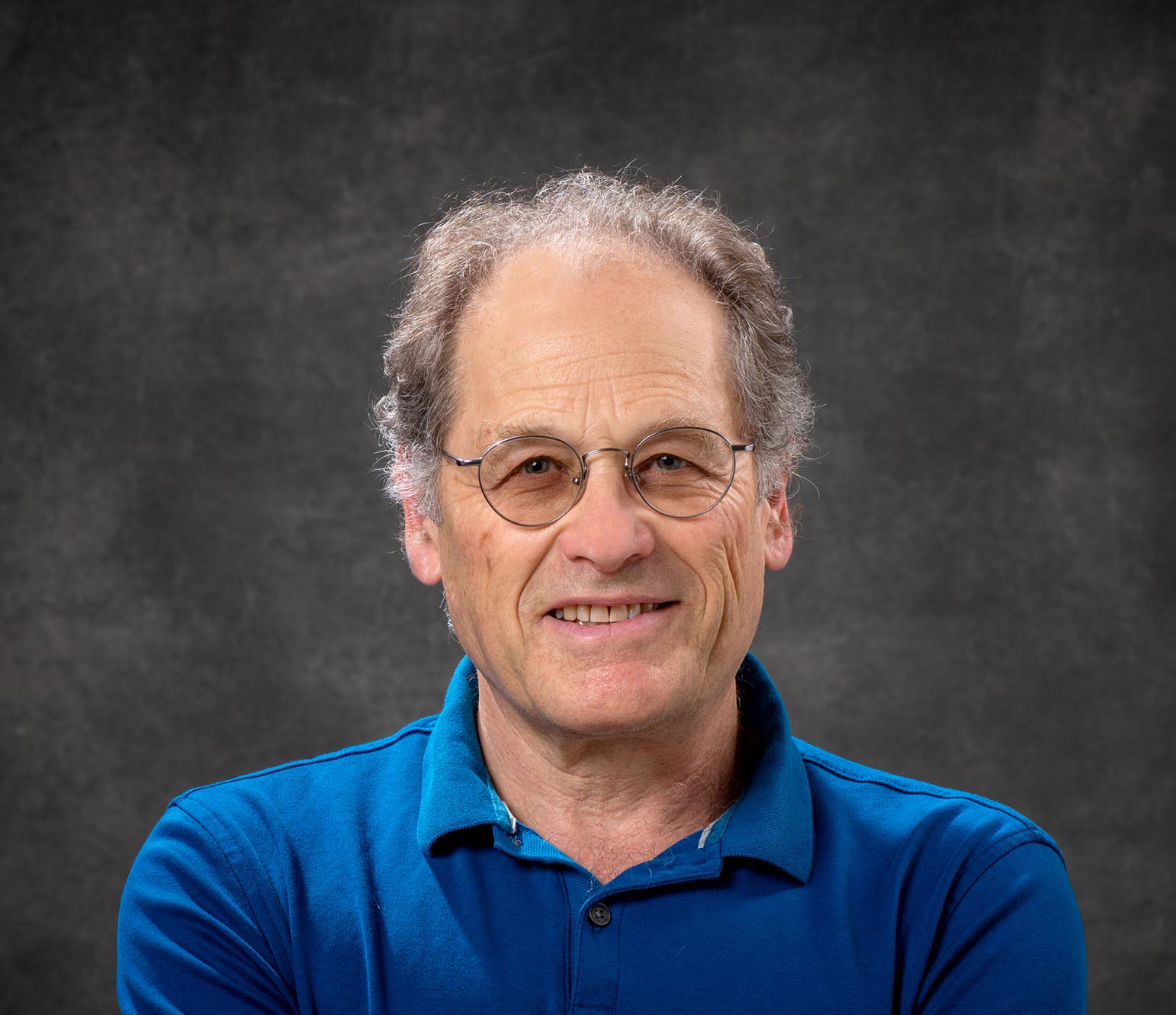Joseph Orenstein received both B.S. and Ph.D degrees in Physics from MIT. He then joined Bell Labs as a Member of the Technical Staff in 1981 and later as Distinguished MTS. After ten years at Bell Labs he joined the faculty at UC Berkeley and the staff at Lawrence Berkeley National Lab, where he is currently Distinguished Professor of Physics and Senior Staff Scientist, respectively. The achievements of his lab were recognized by the Isakson Award for Optics from the American Physical Society. He is a Fellow of the American Physical Society and a Member of the National Academy of Sciences.
Research Interests
As a condensed matter physicist, I study tiny chips or flakes of rock, almost always grey or black to the naked eye (I have come across the occasional gold or blue one). Although these materials appear to lack the grandeur of galaxies or the intricacies of a living cell, they have a hidden beauty that can be revealed if you look hard enough and with the right tools. Throughout my career I have used laser light to probe the dynamical processes taking place inside condensed matter systems. I have been especially motivated to use ultrashort laser pulses, of duration picoseconds or less, to track how heat, charge, and electron spin propagate from one location to another. Trying to understand such processes has led my group to develop time-resolved optical spectroscopies in frequencies that range from the very far-infrared to the visible region of the spectrum. My colleagues and I have applied these methods to study spin/charge fractionalized carriers in conducting polymers, the onset of Cooper-pairing in high-temperature superconductors, a persistent spin helix in spin-orbit coupled two-dimensional electron gases, and quantized photocurrents in topological semimetals. Most recently, we are trying to understand the mechanisms whereby spin waves propagate through large distances in antiferromagnets. Go here for further information on current projects.
Publications
Click here for a list of publication since 2017.

